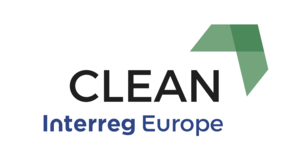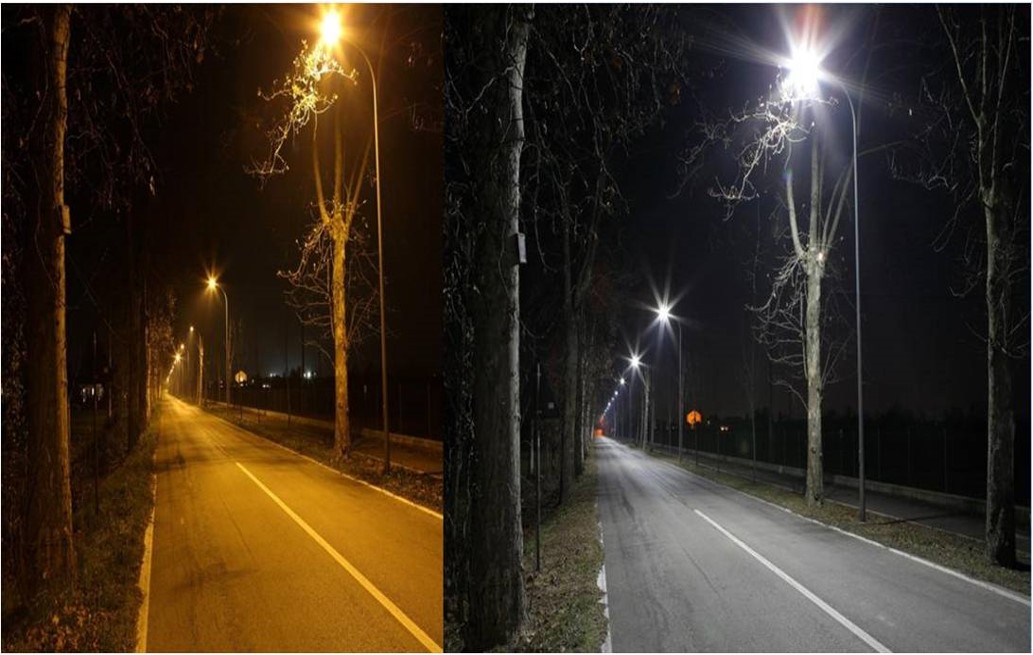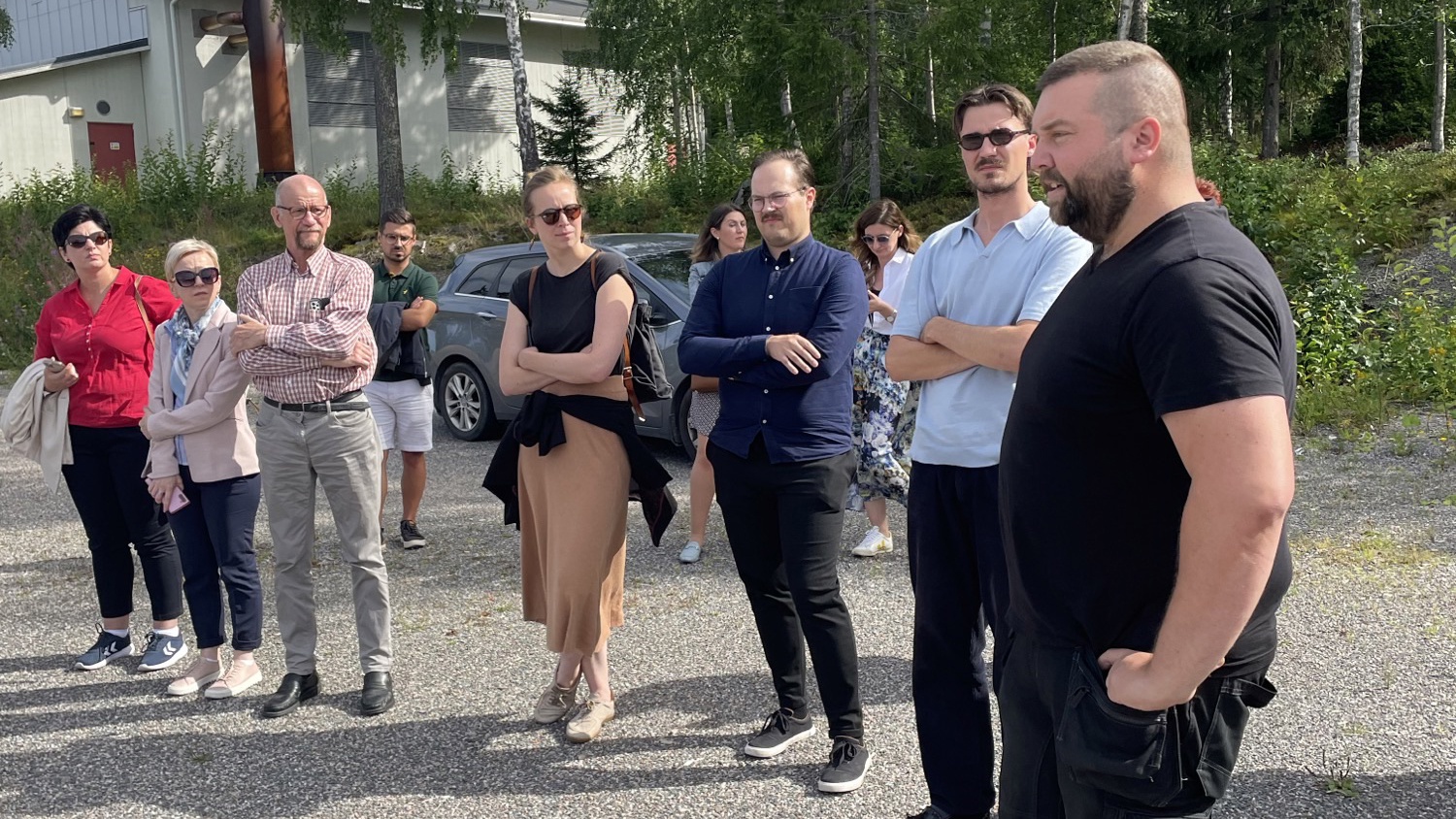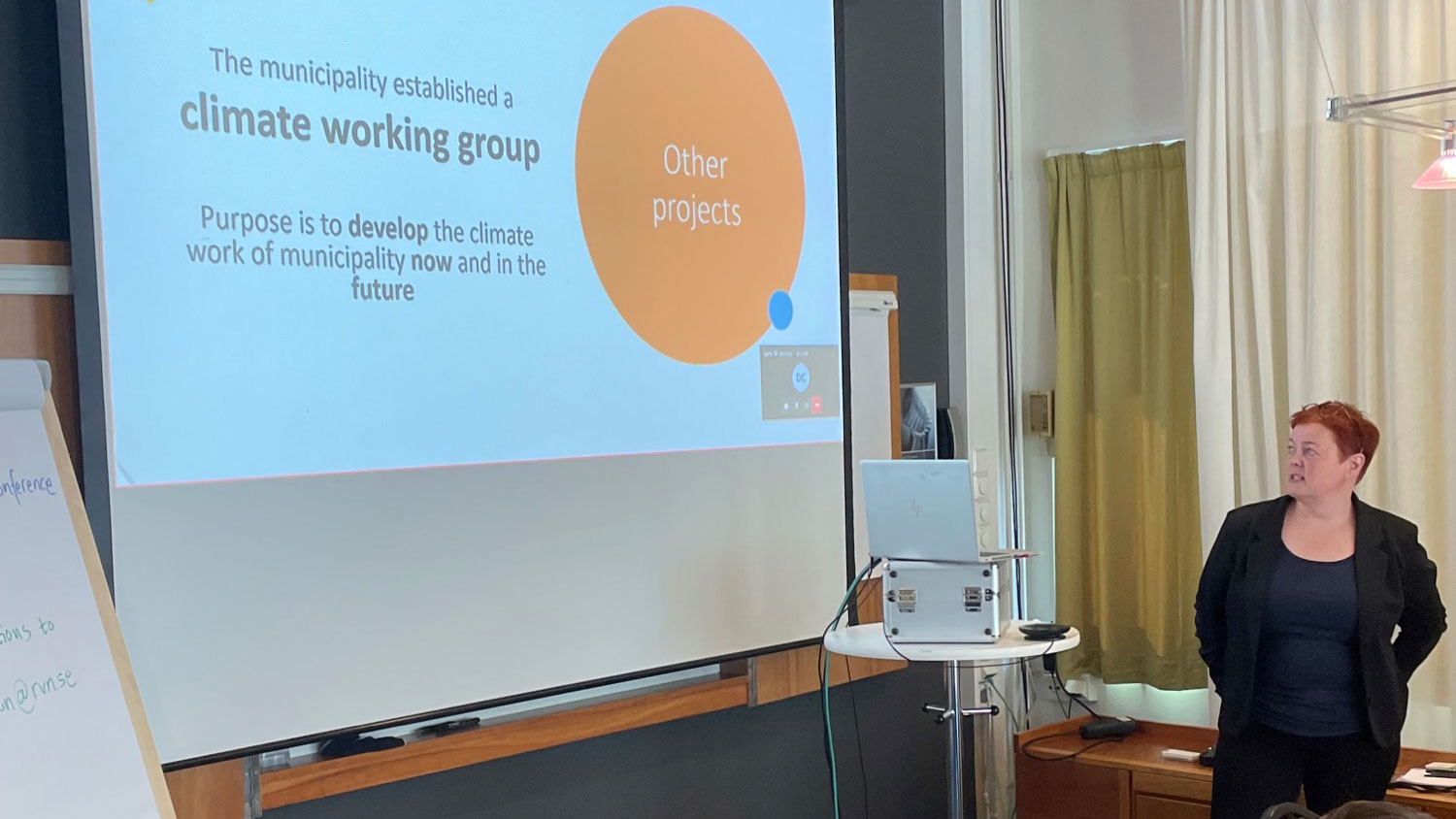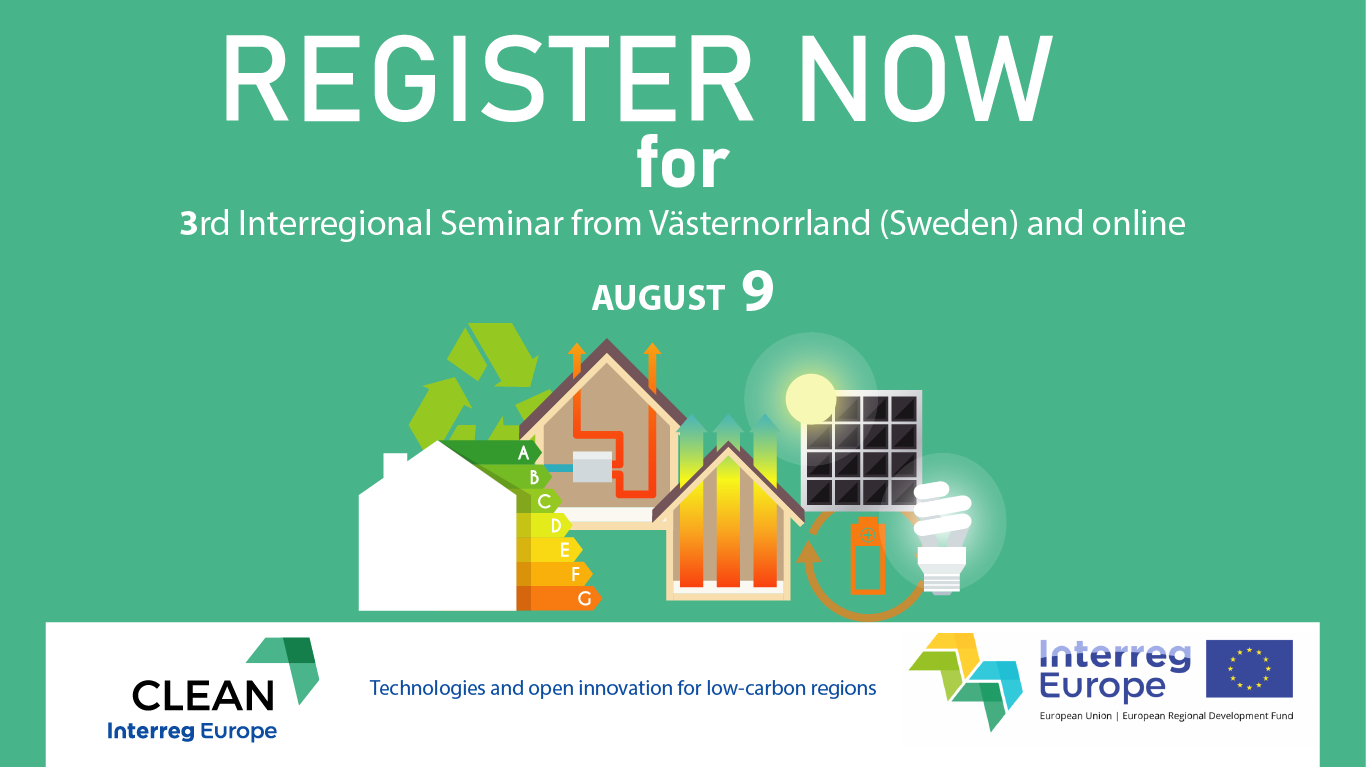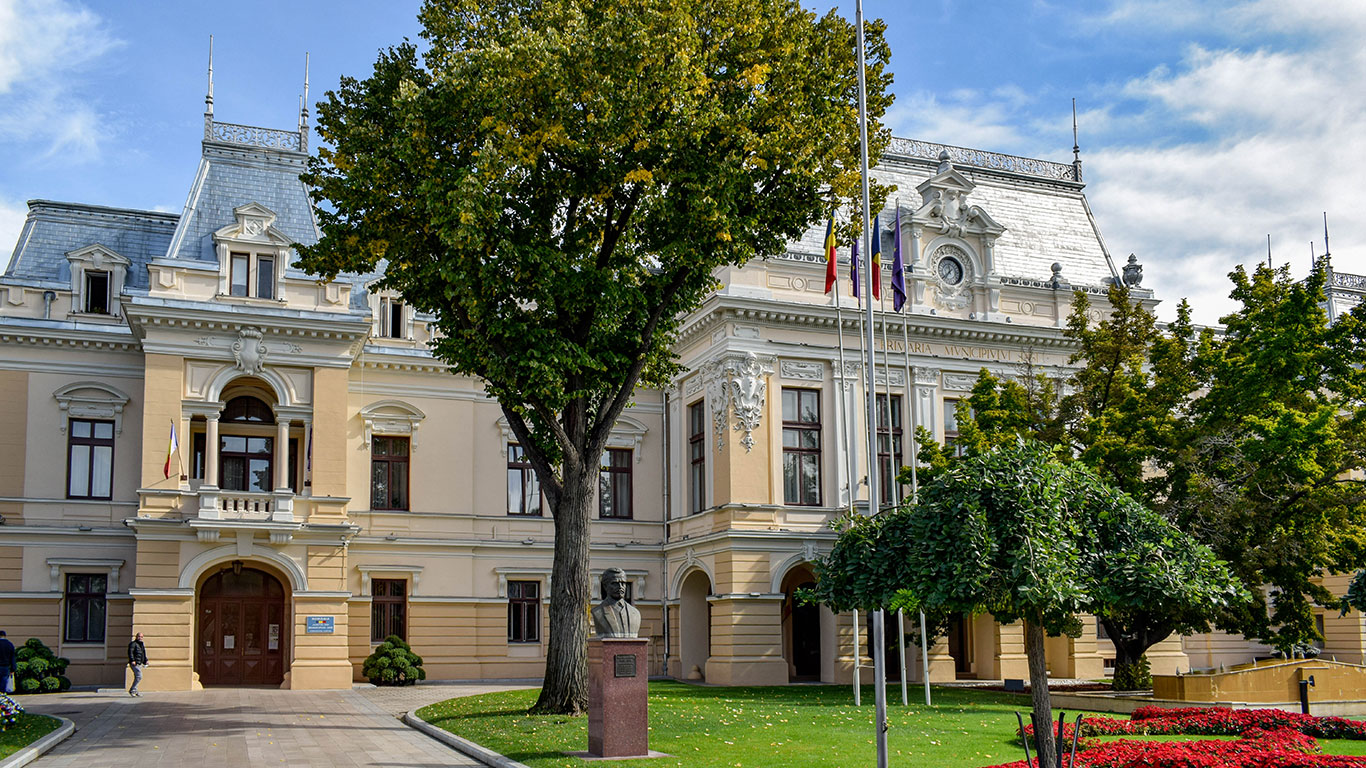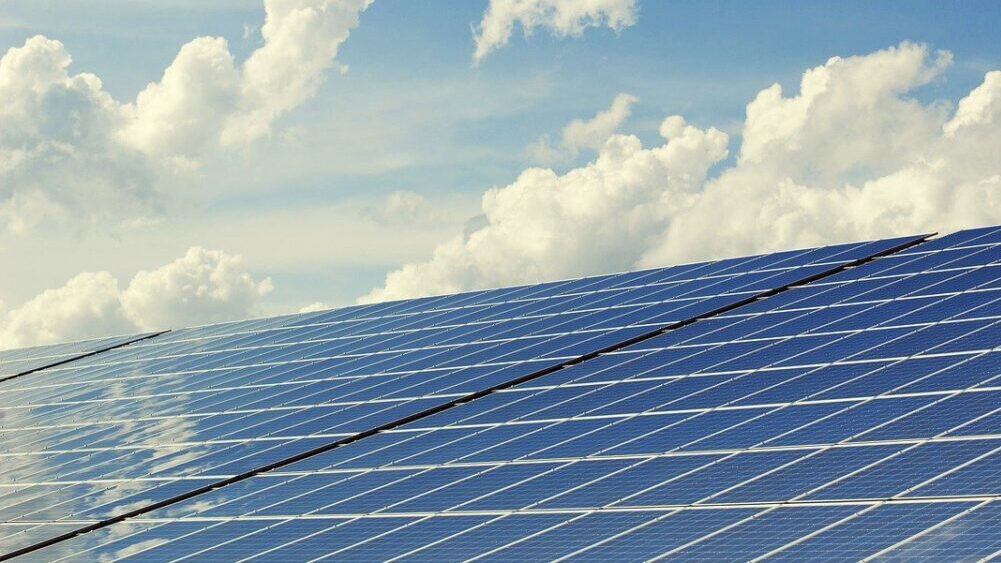The Greek CLEAN project partner is the island of Crete, located in the south-eastern part of Europe. It covers an area of 8,303 Km2 and is the largest island in Greece and the fifth largest one in the Mediterranean Sea.
It consists of 24 municipalities, 16 of which have signed the Covenant of Mayors and have developed SEAPs. The permanent population of the island is approximately 680,000 and during the summer months Crete attracts over 4,000,000 visitors, which causes a sharp fluctuation in energy demand and significantly increases energy consumption.
Crete renewable energy sources
The island of Crete is an isolated power system, energy self-efficient with large capacity of renewable energy sources. Three thermal power plants currently produce electricity in Crete, while renewable energy covers a share of 28% of total installed capacity.
Following the national targets for energy efficiency and reduction of CO2 emissions, Crete contributes to the penetration of RES in electricity production. So far have been installed 200.31 MW of Wind Farms, 78.29 MW of Photovoltaic Plants, 17.21 MW of Photovoltaic Panels on building roofs, one Hydroelectric Plant of 0.3 MW and one Biogas Plant of 0,5 MW. Knowing the great potential of RES in Crete, small capacity and spatially dispersed projects are planned to be installed, with respect to the natural environment and cultural heritage of the island.
For the moment, Crete follows national targets for energy efficiency and CO2 emissions. Regional Strategies for Energy Efficiency in Buildings (EEB) and Climate Change Adaptation are under development.
